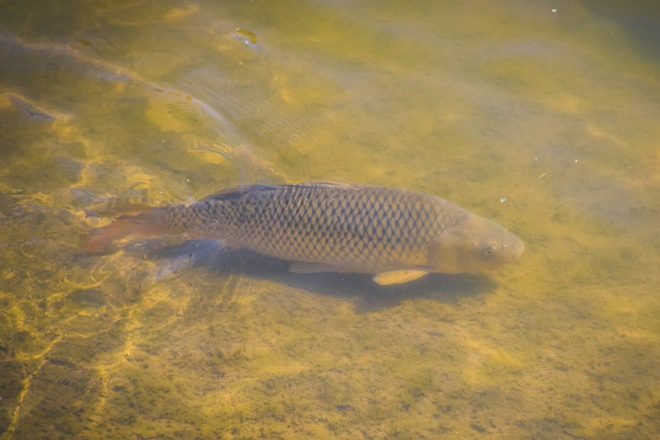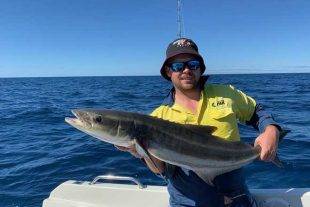THE National Carp Control Plan remains on track to be delivered to the Australian Government in December 2019.
It is addressing the questions: is it feasible to release the carp herpes virus to control carp?
If so, what is the most effective way to release and manage the virus? Results from over 19 projects addressing these questions are now coming in. These results, along with other research will inform a feasibility assessment and plan.
One project, currently in its final stage of review, has been led by Dr Susan Nichols from the University of Canberra. The work collected and analysed expert views and scientific literature to understand the likely medium- to long-term environmental responses to reduced carp populations. “Longer-term predictions over broader geographic areas are complicated by the diversity of ecosystem types (i.e. different types of lakes, rivers, wetlands etc.) inhabited by carp in Australia, each with unique management histories and conditions” explains Dr Susan Nichols.
Carp (Cyprinus carpio) are the most abundant freshwater fish in many waterways of south eastern Australia. Carp have detrimental effects on water quality, native fish, fishing and irrigation. However, identifying specific benefits of carp removal is complex. Scientists suggest that the long-term ecological response to carp removal are influenced by the flow history and the type of ecosystem. Carp control focuses on the premise that reducing the number of carp in Australia’s waterways will improve the health of aquatic ecosystems. This premise is based on experimental and anecdotal evidence from Australia and overseas. Additional recent research also highlights potential impacts on the broader environment following reductions in carp numbers.
As part of the project, researchers invited experts from a wide range of disciplines to participate in an online survey and workshops to predict how different levels of carp reduction would affect a variety of ecosystems and species including, native fish, water plants, macroinvertebrates (molluscs, water bugs, yabbies, shrimp), water birds, amphibians, algae, zooplankton. They also considered the response to water quality.
Forty-nine experts responded to the survey and were invited to discuss their thoughts in two workshops. They were then given the opportunity to review their predictions in light of the workshop discussions. The experts predicted that carp populations need to be significantly reduced to provide benefits across most ecosystems. They emphasised that different ecosystem types will vary in their response to carp and that responses are expected to also vary through time. In addition, experts identified factors they believed would influence ecosystem responses.
It is important to note that degraded systems may not return to their original state after the reduction of carp. This can be due to several factors. For example, other alien species such as Redfin may do better without carp. This project also includes measures of certainty underpinning these predictions.
The NCCP is a $10.2 million program led by the Fisheries Research and Development Corporation.
 Bush 'n Beach Fishing Magazine Location reports & tips for fishing, boating, camping, kayaking, 4WDing in Queensland and Northern NSW
Bush 'n Beach Fishing Magazine Location reports & tips for fishing, boating, camping, kayaking, 4WDing in Queensland and Northern NSW








